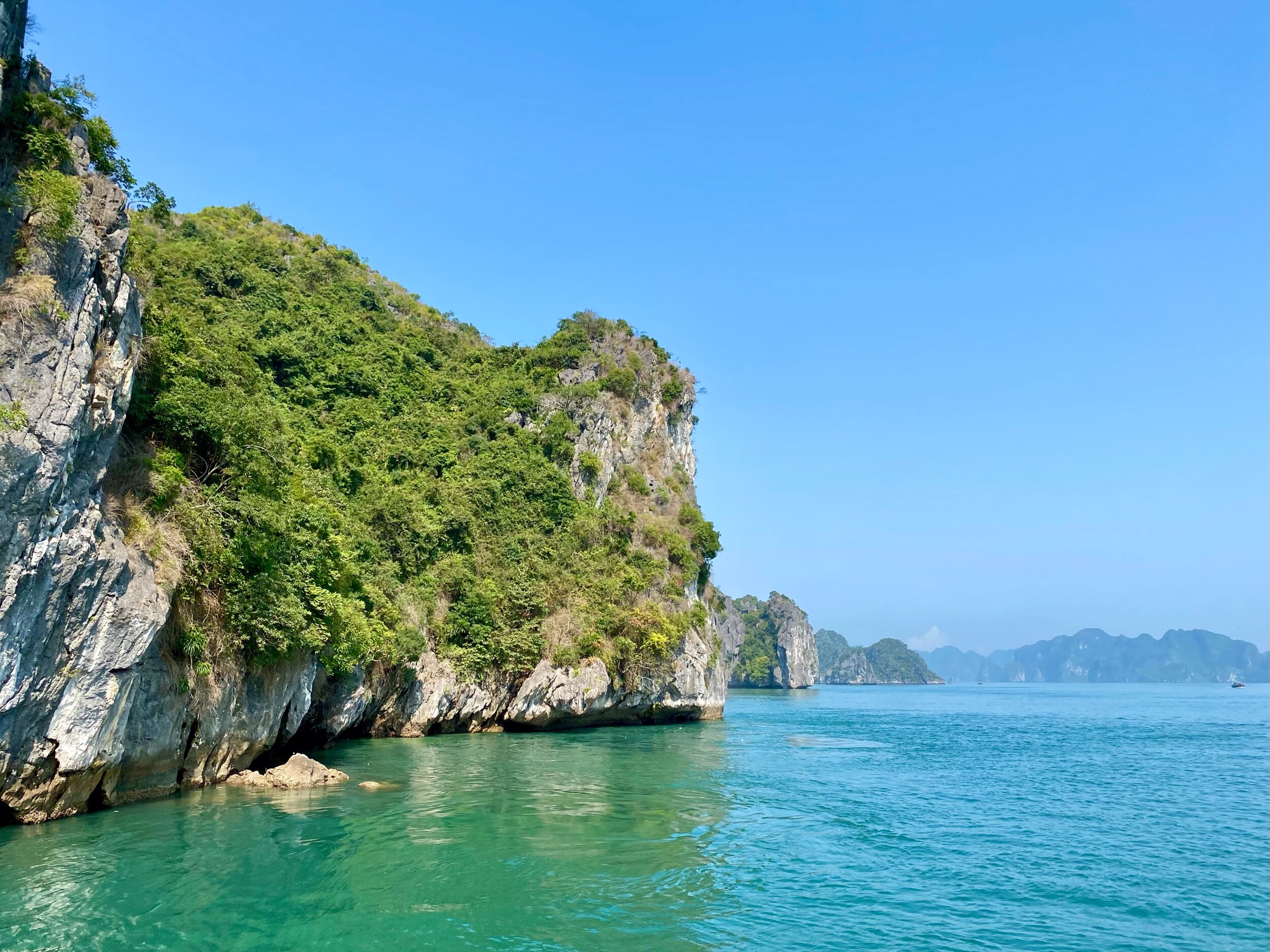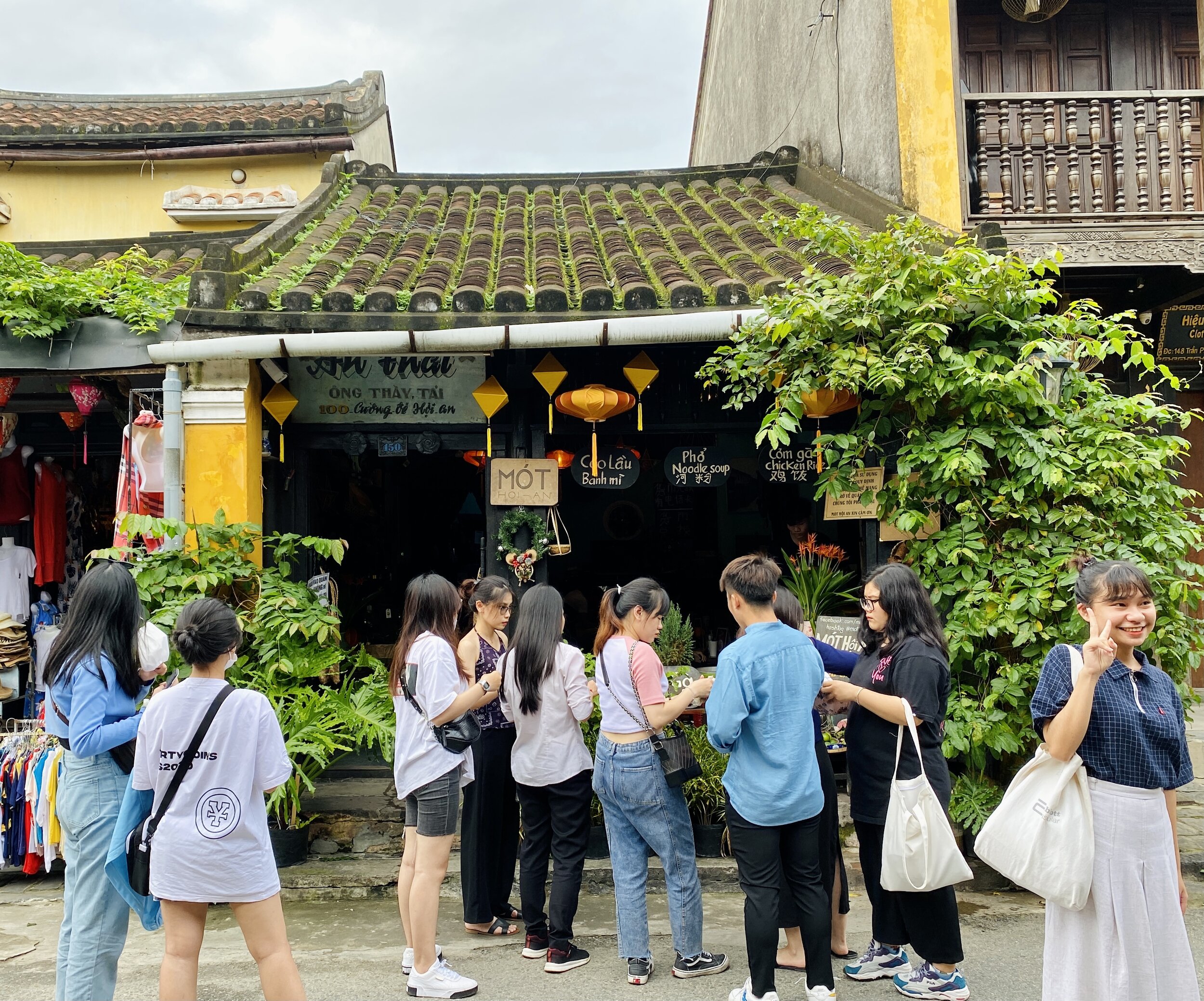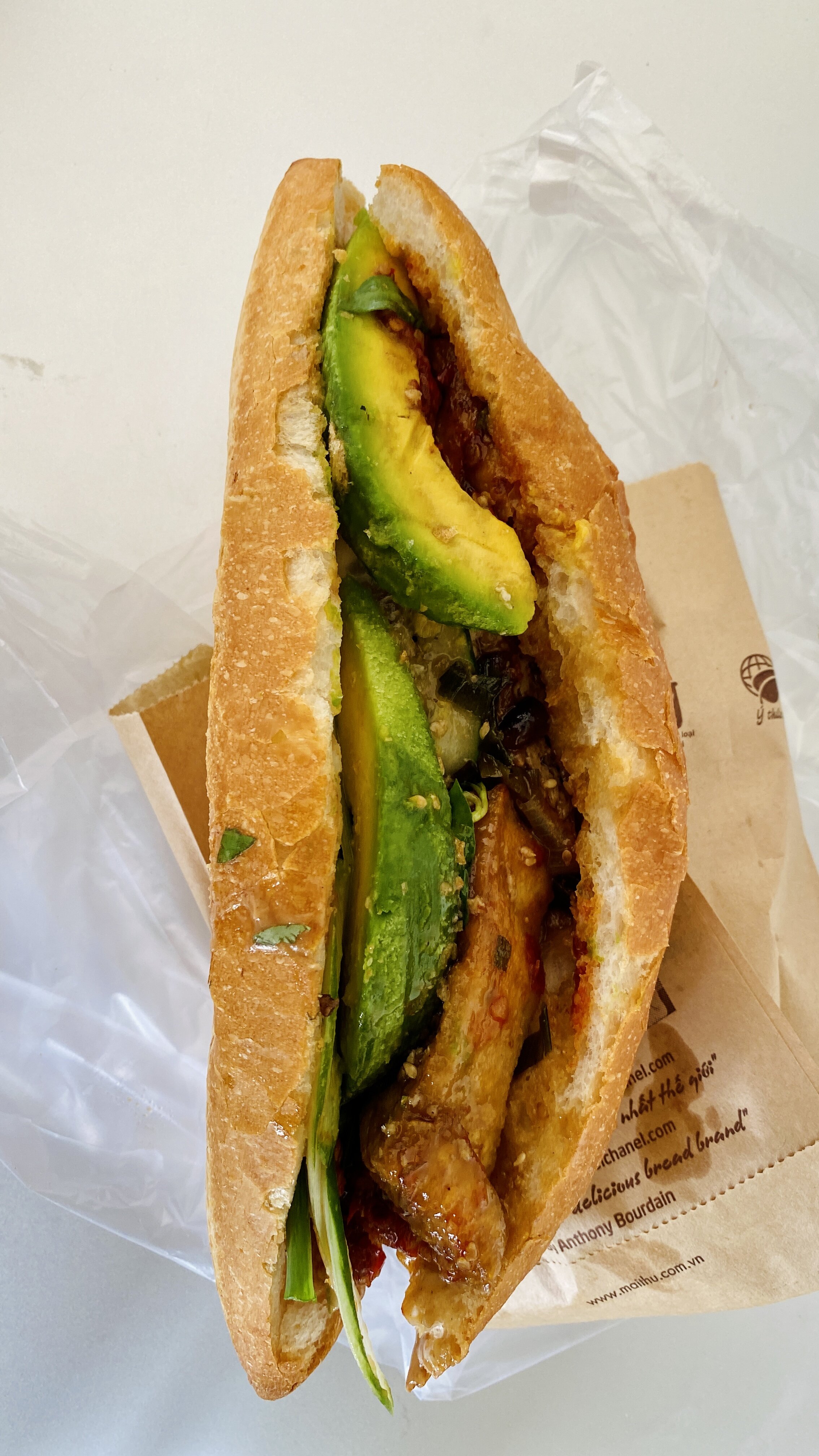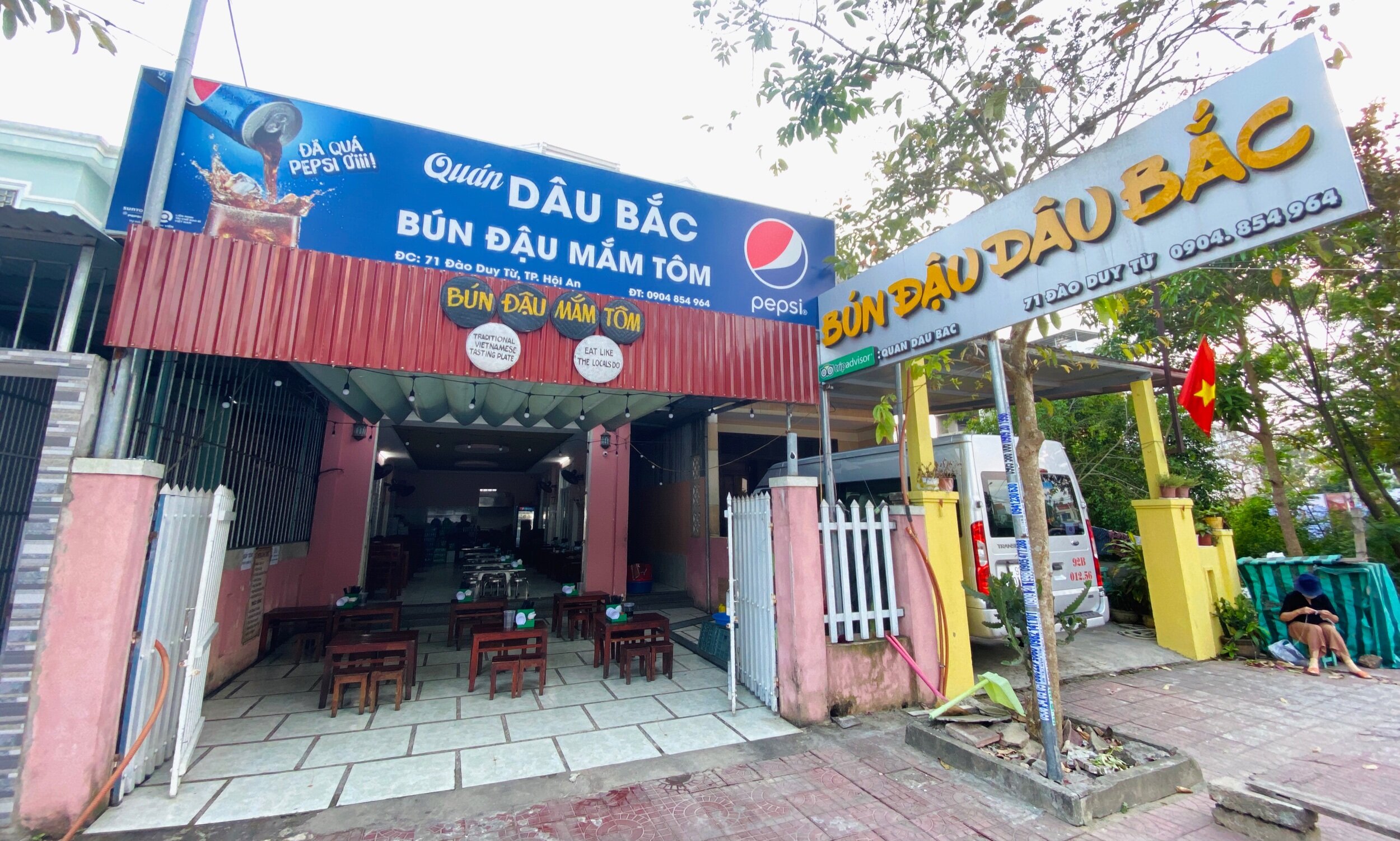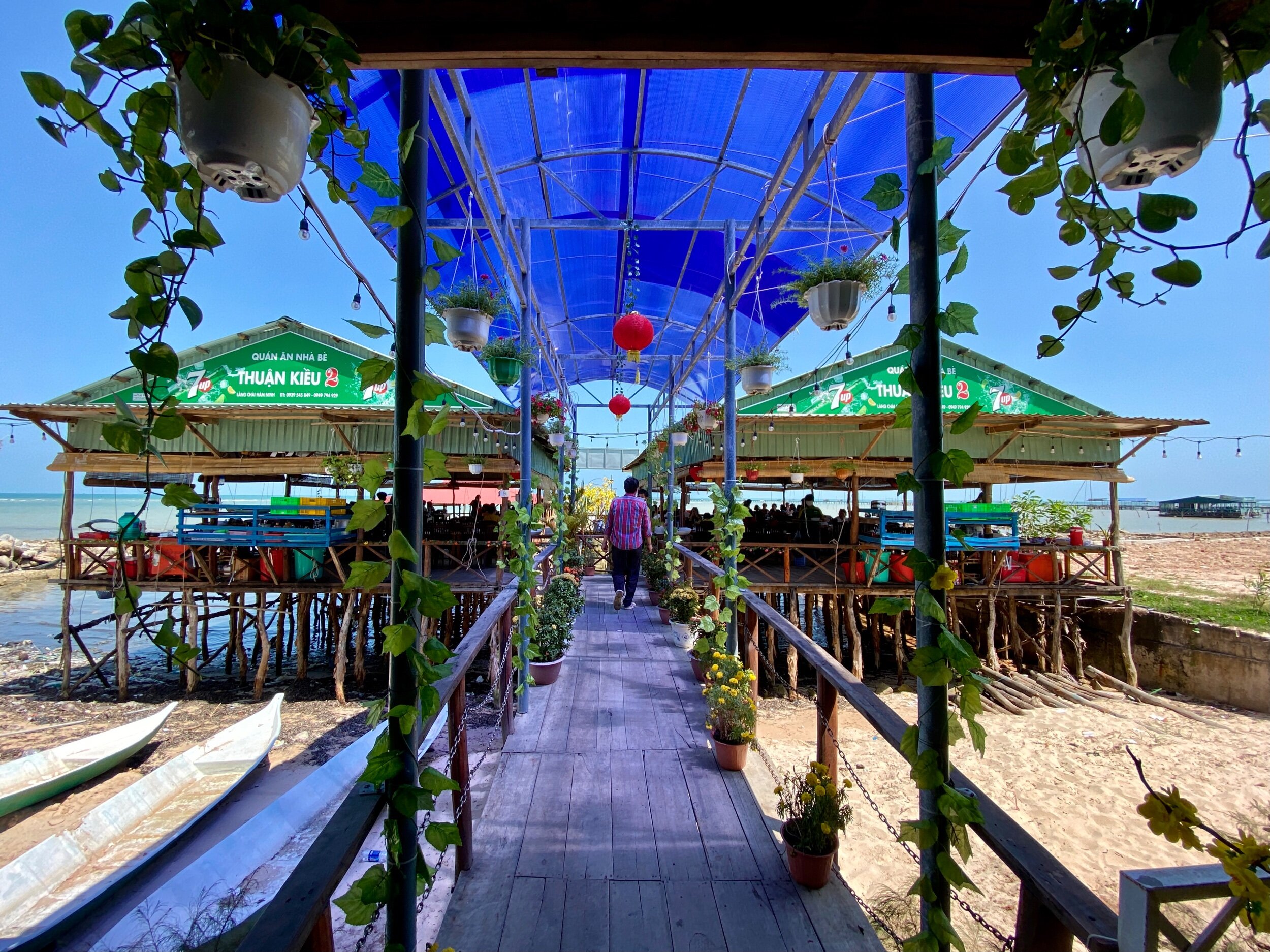One of my best days in Cat Ba was spent rock climbing, kayaking and cruising with Langur’s Adventures. There are two climbing outfits in Cat Ba; Langur’s and Cat Ba Climbing. I went with Langur’s because it was cheaper and advertised a no-experience necessary climb, perfect for me! Apparently each company has exclusive areas only they are permitted to climb, so if you are more experienced than I am, check out the options to see what you’ll like. My full day, beginner level, morning rock climbing/ afternoon kayaking, with lunch included, was around $50.
The day started out cruising the karsts until we reached a rocky private beach. There were 3 roped routes, one very easy and two still probably easy but with a harder start. The guides were absolutely wonderful, very helpful and supportive. I was so slow at first, afraid of falling. So, my guide told me to fall. He ordered me to fall and see what happened! So I did, and apart from a light scratch on one knee as I started to spin against the rock, I was completely fine. He created a monster. Much less afraid of falling, I was able to climb to the best of my ability.
I learned a few first day lessons. First, it takes a lot of arm strength, much better to have strong arms and a low weight than be bottom heavy like me. Second, there’s no 100% right way, it all depends on your skill level and strength, and only personal experience helps you make the best decision about the next hand and footholds. Third, it hurts your hands! You’re putting a lot of your weight on rocky handholds, after all. Also, speed is of the essence: taking too long to decide where to go next tires out and cramps up your muscles, and your hands bruise and get sweaty. Lastly, it’s a bit addictive! The first thing I thought when I woke up the next morning was that I wished I could give that rock another go.
After climbing we had lunch on the boat, then went kayaking. Lunch was good, typical for these kind of tours: fried tofu, spring rolls, grilled shrimp, white rice, $2 beers. Kayaking was in roughly the same area the day tours go to, but quieter lagoons. We also kayaked past a floating fishing village and through more open water. We spent a couple hours on the water, so it was both harder exercise and more time spent looking at things closely. We stopped at a floating restaurant for tea, and checked out their “lucky fish.” Unlike the other fish at the floating fish farms, a lucky fish is kept in its own area under the house and continuously fed for its natural life, as a sort of symbol of prosperity. So the lucky fish can be many years old and absolutely huge, as this one was!
After kayaking we got back on the boat and headed back to the harbor. We spotted a couple Cat Ba langurs on the cliffs on the way back. It was a dreary day, but the scenery was still beautiful. I absolutely recommend spending a day this way!













































































































































































